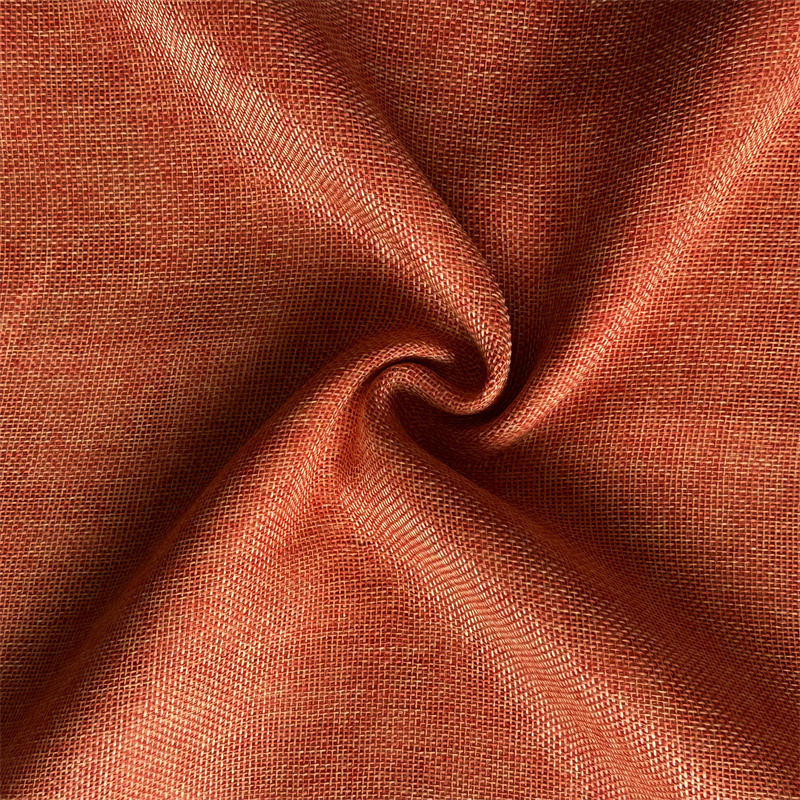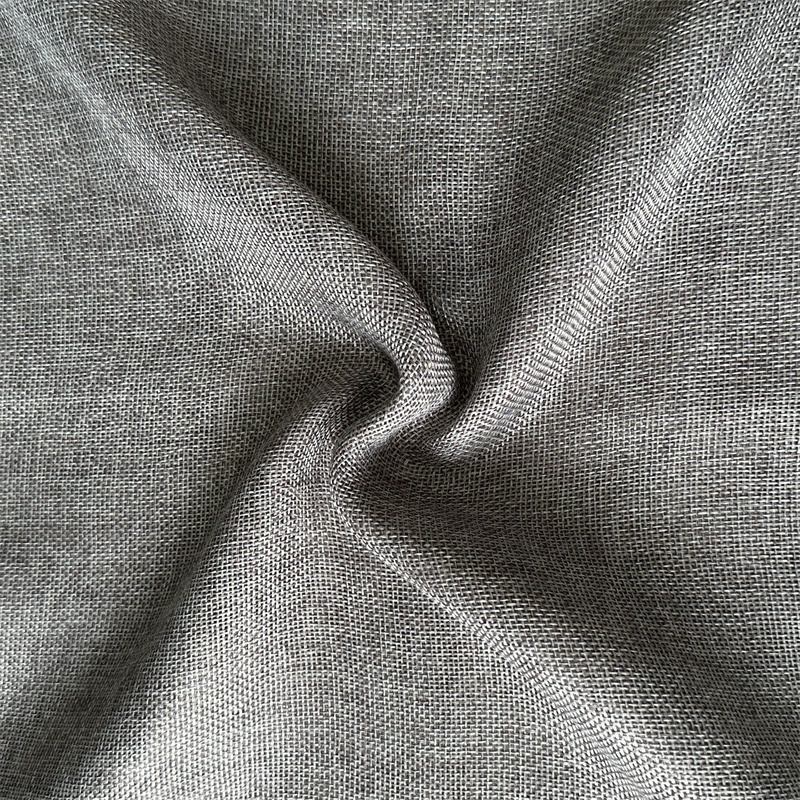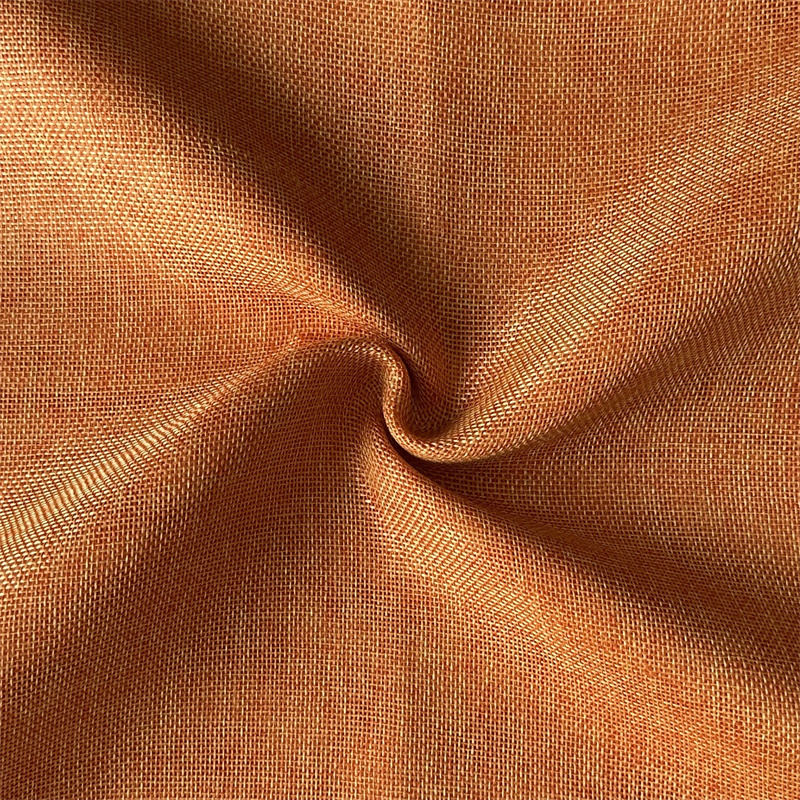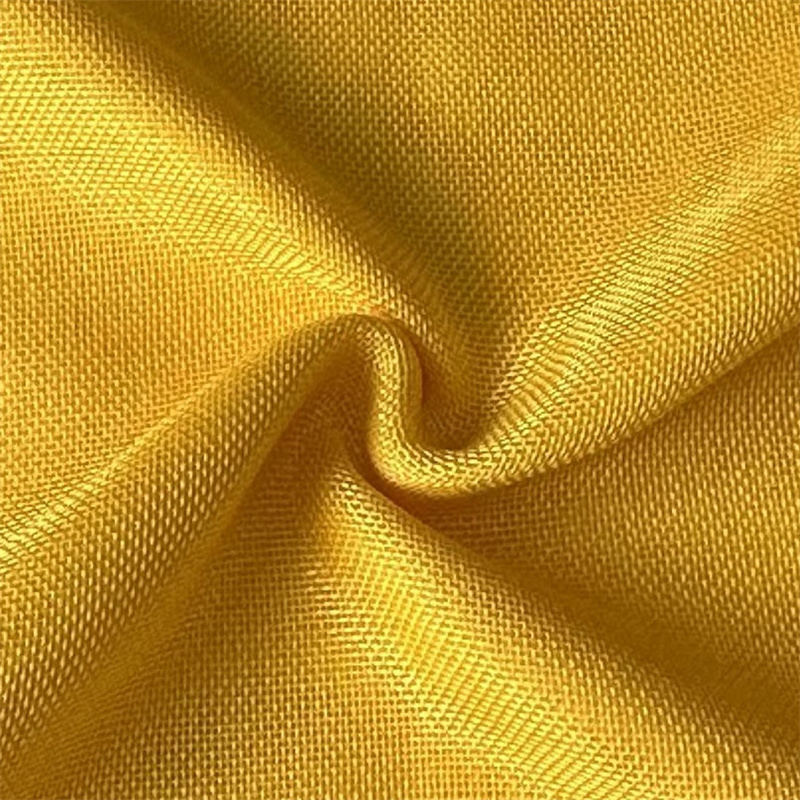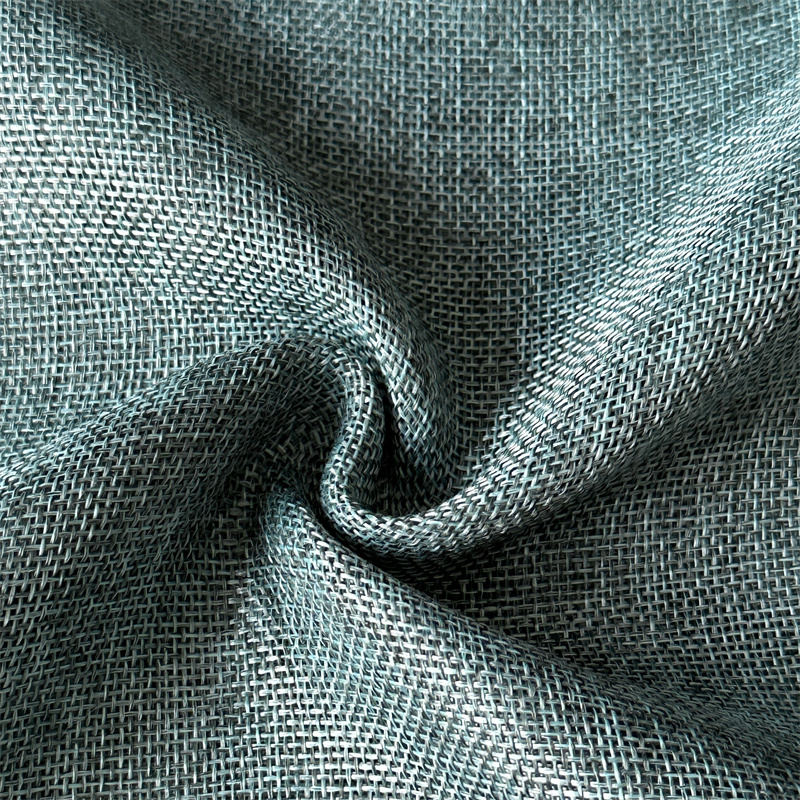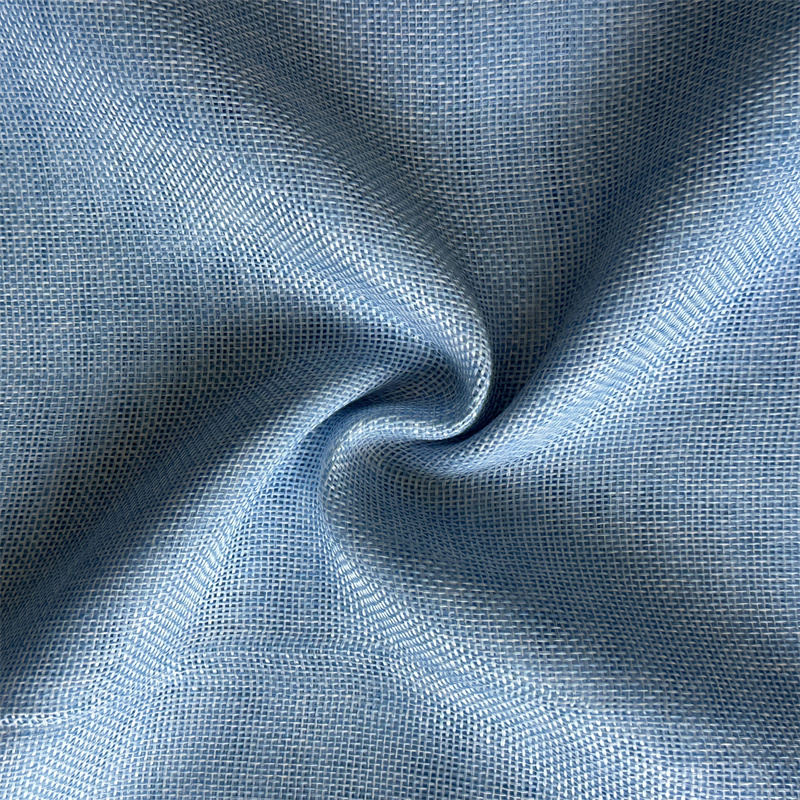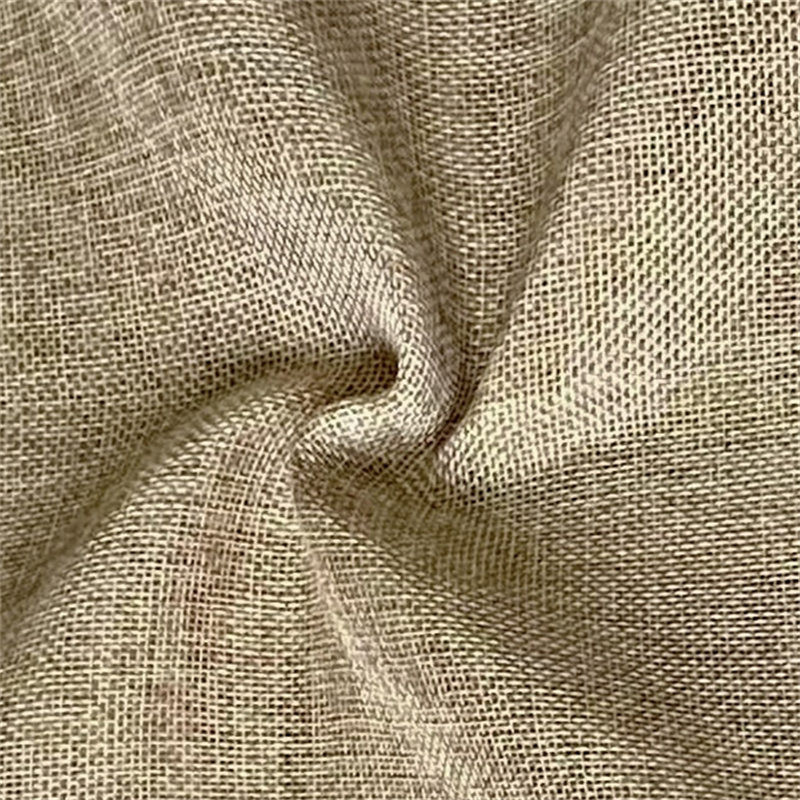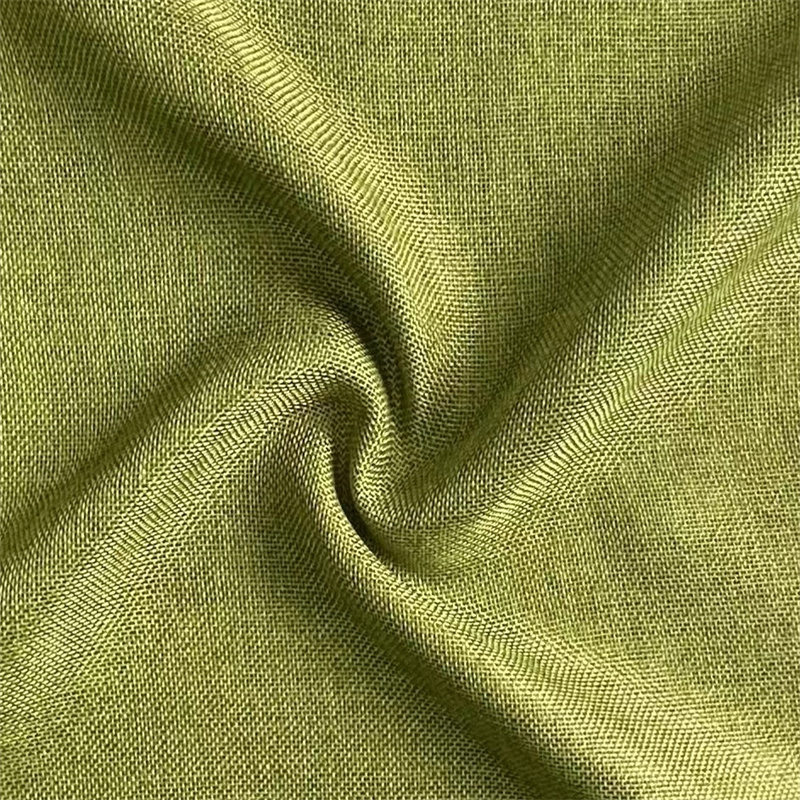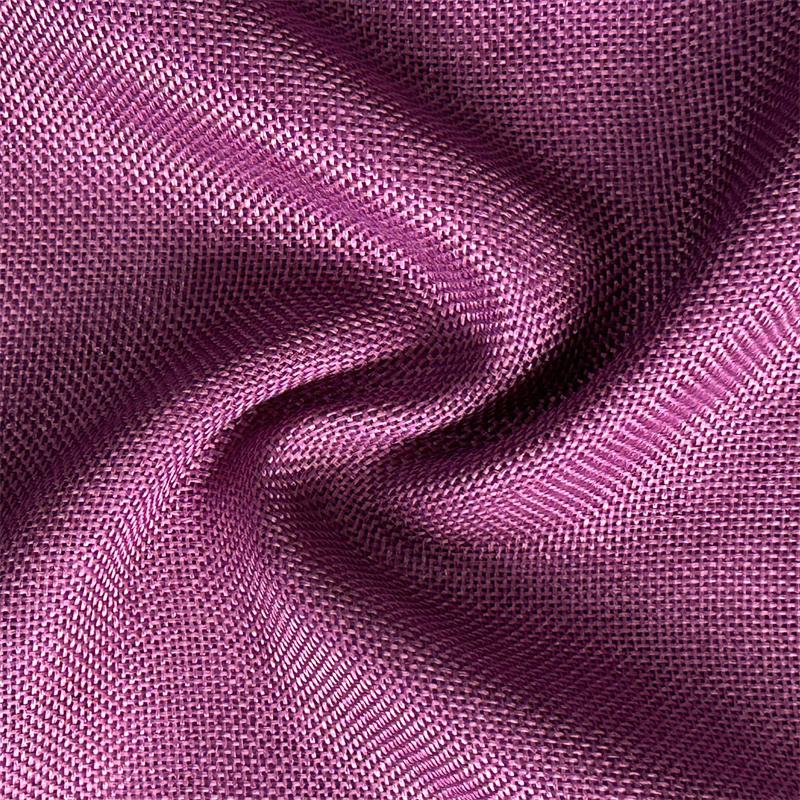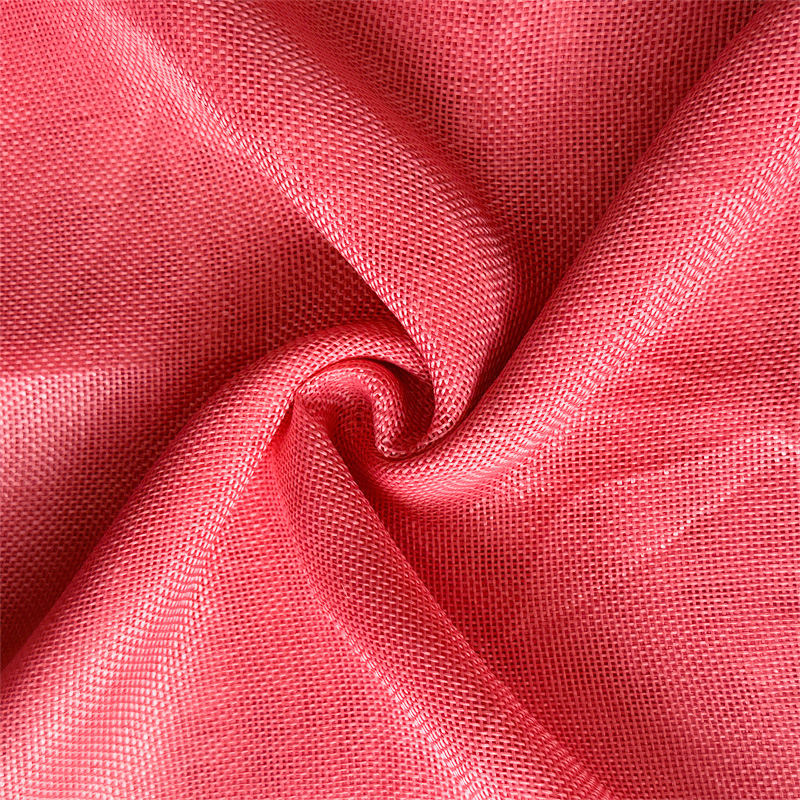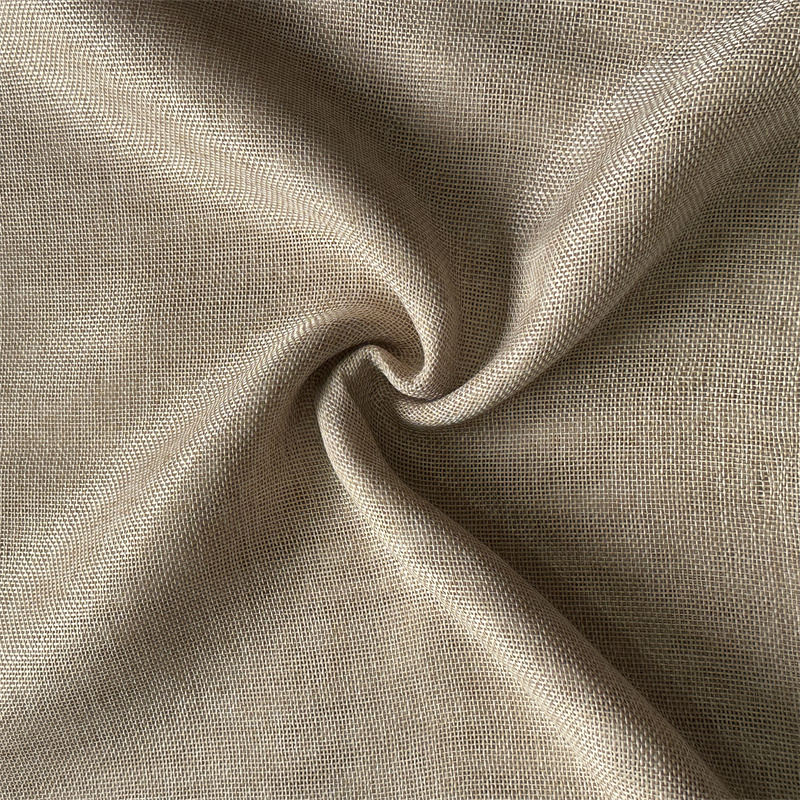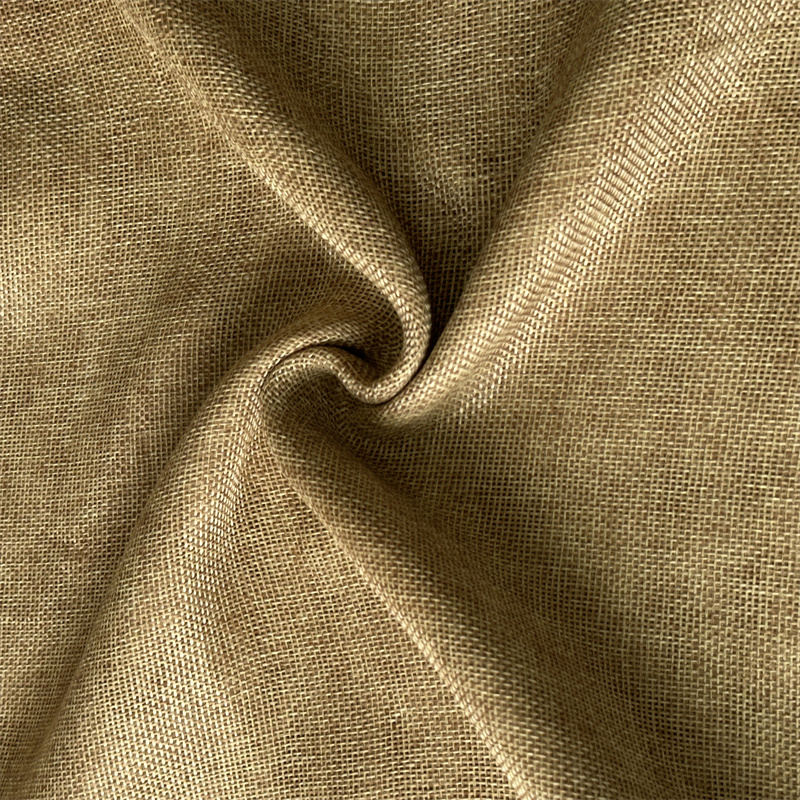Silk has long been cherished as a symbol of luxury, softness, and natural elegance. However, due to its high cost and delicate nature, manufacturers and designers have sought more practical and affordable alternatives. Among the most successful of these is imitation silk fabric—a synthetic or semisynthetic textile designed to replicate the look and feel of real silk while offering improved durability and reduced cost.
In recent decades, imitation silk has become a popular choice in the fashion, home décor, and costume industries. This article explores what imitation silk fabric is, how it is made, its key characteristics, advantages, and common applications in modern life.
What Is Imitation Silk Fabric?
Imitation silk fabric, sometimes referred to as faux silk or artificial silk, is a manmade textile designed to mimic the smoothness, sheen, and lightweight drape of natural silk. It can be made from various synthetic or regenerated fibers, such as:
Polyester
Nylon
Rayon (Viscose)
Acetate
Each type of fiber has its own distinct properties, but the common goal is to reproduce the luxurious appearance and texture of real silk while eliminating some of its limitations—namely, its cost, fragility, and sensitivity to moisture or sunlight.
How Is Imitation Silk Made?
The production of imitation silk depends on the fiber being used:
1. Polyester and NylonBased Silk: These synthetic versions are made from petrochemicalderived polymers. The fibers are extruded into fine filaments, then woven into a smooth fabric using specialized looms. Finishing treatments such as calendaring or chemical coating enhance the silky sheen.
2. Rayon and Acetate Silk: Regenerated fibers like rayon and acetate are made from cellulose (often derived from wood pulp). These fibers undergo chemical processing to create threads that resemble natural silk in softness and luster.
Regardless of the fiber, the weaving technique and postprocessing (like dyeing, printing, and finishing) are essential in giving imitation silk its desired aesthetic.
Key Characteristics of Imitation Silk Fabric
Imitation silk is valued not only for its silklike appearance but also for its practical properties:
Soft and Smooth Texture: Mimics the luxurious handfeel of real silk.
Shiny Appearance: Offers a lustrous, elegant finish, especially when woven with satin or charmeuse techniques.
Lightweight and Drapable: Flows beautifully, making it ideal for dresses and blouses.
Affordable: Costs significantly less than real silk, making luxury fashion more accessible.
Durable: More resistant to tearing, stretching, and wrinkling than natural silk.
Color Retention: Holds dye well, resulting in vibrant, longlasting colors.
Low Maintenance: Often machine washable or easier to care for than natural silk, which typically requires dry cleaning.
However, depending on the material, imitation silk may also have some downsides, such as lower breathability or static buildup compared to real silk.
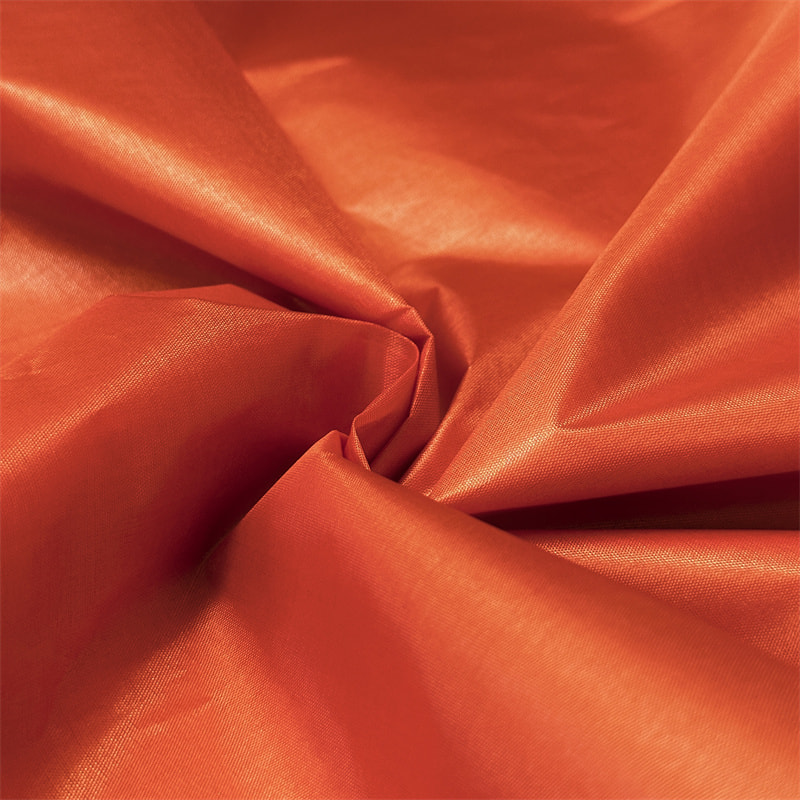
Common Uses of Imitation Silk Fabric
Due to its elegant look and practical advantages, imitation silk is used across various industries:
1. Fashion and Apparel
Dresses, blouses, and skirts: Lightweight and flowing imitation silk is popular in women’s fashion for both casual and formal attire.
Scarves and accessories: Imitation silk scarves mimic the glossy finish and softness of real silk at a fraction of the cost.
Evening wear and gowns: The fabric’s sheen makes it ideal for glamorous evening dresses.
Lingerie and sleepwear: Its smooth surface provides a comfortable, sensual feel on the skin.
2. Home Textiles
Curtains and drapes: Imitation silk adds sophistication to interior spaces without the expense of genuine silk.
Cushion covers and bedding: Decorative pillowcases and duvet covers benefit from the fabric’s soft, polished look.
Table runners and upholstery: Faux silk adds elegance to dining areas and living rooms.
3. Costume Design and Event Décor
Theatrical costumes and cosplay outfits: Affordable and eyecatching, imitation silk is widely used in performance costumes and historical recreations.
Wedding and party decorations: Used for sashes, chair covers, backdrops, and more, due to its luxurious appearance.
Benefits Over Natural Silk
While natural silk remains a treasured fabric, imitation silk offers several practical benefits:
Lower Cost: Allows more people to enjoy the look of silk without the high price tag.
Stronger and More Resistant: Stands up better to everyday wear, washing, and environmental exposure.
Easier to Care For: Can often be machine washed and doesn't require delicate handling.
More Ethical and Sustainable Options: Unlike traditional silk, which involves silkworms, synthetic or regenerated fibers do not rely on animal byproducts—making them preferable for vegan and crueltyfree fashion.
Environmental Considerations
Some types of imitation silk, especially those made from petroleumbased fibers like polyester and nylon, raise concerns about microplastic pollution and biodegradability. However, progress is being made with recycled polyester and closedloop rayon production, which are more sustainable alternatives.
Consumers are encouraged to choose imitation silk fabrics from ecoconscious brands or those using recycled and responsibly sourced fibers, particularly when sustainability is a concern.
Care and Maintenance
The ease of maintaining imitation silk is one of its biggest advantages. However, proper care still helps extend its life:
Always check the care label: Some fabrics can be machine washed, while others require hand washing or dry cleaning.
Use cold water and gentle detergent: To preserve color and texture.
Avoid high heat: When ironing, use a low temperature or a protective cloth layer.
Hang dry when possible: To prevent shrinkage or distortion.
Conclusion
Imitation silk fabric offers a practical, beautiful, and affordable alternative to natural silk. With its shimmering appearance, soft touch, and versatile uses across fashion and home décor, it brings elegance into everyday life without the high cost or delicate handling required by genuine silk.
Whether you're dressing for a special occasion, decorating a room, or crafting a costume, imitation silk delivers the look of luxury with the practicality of modern textiles—a perfect blend of beauty and function in the world of fabric innovation.


 中文简体
中文简体 Español
Español